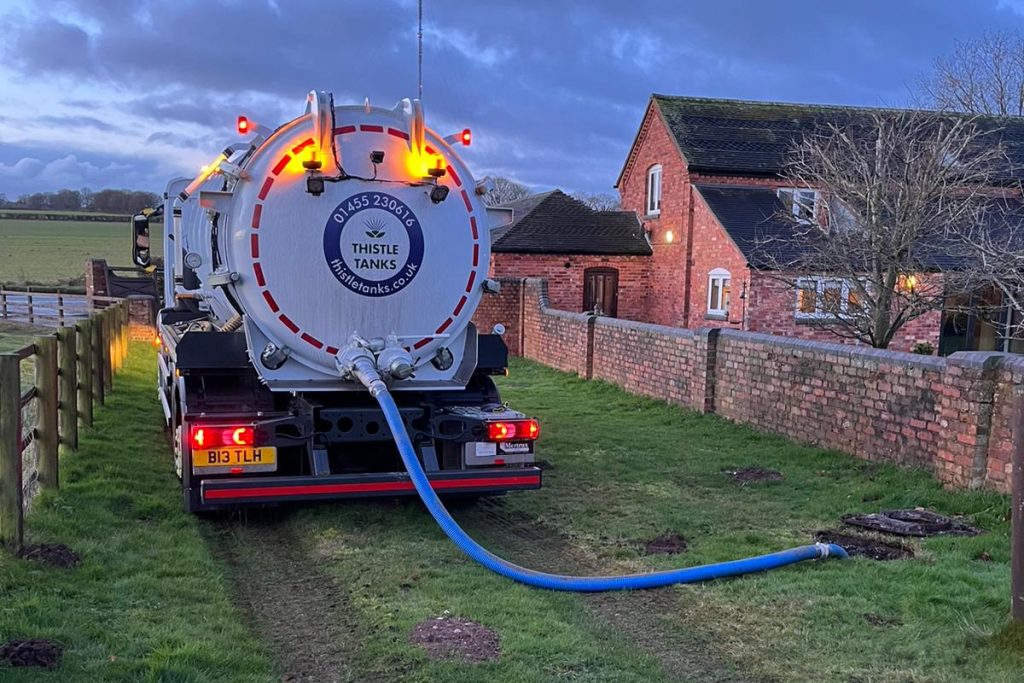Septic tanks are most commonly found in rural areas which don’t reach the mains sewage network and provide safe onsite disposal of wastewater from primarily residential properties. However, with so many people moving to such areas with little understanding of how septic tanks work, we are seeing more and more issues arising. Particularly as many people don’t know what septic tanks should be used for and what shouldn’t go into a septic tank.
Septic Tanks: What Should They Be Used For?
A septic tank is an underground chamber into which all sewage from the property it’s connected to will collect. This sewage is then left to sit until the solids form a sludge at the base of the tank and the liquids are free to run through an outflow pipe and soak into the ground.
This natural filtering process is kind to the environment, filtering bacteria out of the wastewater and ensuring that the water that spreads across the surrounding area is safe. It’s also an affordable way to provide a rural property with an effective sewage system and is far less complex than trying to connect a rural home to the main sewage network.
Septic tanks can also function effectively for years as long as you carry out proper maintenance and regular pumping.
What Shouldn’t Go In Your Septic Tank?
Owning a septic tank may have its benefits, but it also presents ongoing responsibilities when it comes to maintenance. You must ensure the system doesn’t become neglected and filled with too much water, too little water, improper waste disposal activity, or chemicals that prevent the natural bacteria from working.
When things go wrong with a septic tank this impacts the quality of the surrounding ground, the water supply, and the efficiency of your plumbing.
What To Do To Maintain Your Septic Tank?
One of the most important things you can do is understand what responsible septic tank maintenance looks like. You should also familiarise yourself with the symptoms of a damaged or overflowing septic tank system.
These include slow drainage, backed-up pipes in your house, a detectable odour around the septic tank site, noticeable fungal growth around the area of the tank, and discolouration of the water coming from the outflow.
Some of the most common maintenance solutions to be aware of include:
- Desludging – arranging the services of a contractor like Thistle Tanks to remove the top layer of sludge which can settle in a septic tank over time.
- Keeping access to the tank clear, free from vegetation and soil which could be blocking the outflow pipe.
- Don’t conduct any groundwork around the septic tank as this can cause damage to the network of pipes.
- Checking the ground around the septic tank system to ensure the outflow water is clear.
- Keep an eye on the liquid level in your tank. Too high and it may be blocked, while too low and you may have a leak.
- Bring in a professional contractor to empty your tank regularly.
Septic tank maintenance is straightforward provided you educate yourself on what needs to be done. As part of responsible maintenance, engaging the services of our professional team at Thistle Tanks can keep your tank running effectively and safely. Our septic tank pumping service comes at an affordable cost, so get in touch for more details or call us on 01455230616.

